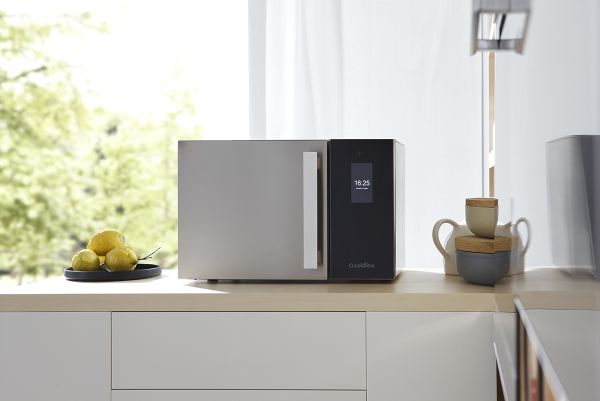Language
WORLDWIDE SHIPPING
Blast chiller Life W30 Freestanding by Coldline
was
€2,439.00
Special Price
€2,259.00
€1,851.64
Availability:
Out of stock
LIFE W30 is a concentration of technology and design with all the functions of the LIFE range of domestic blast chillers.
Professional technology directly to your home.
The refined and elegant design of this freestanding model can be placed directly on the worktop, wherever it is most convenient for you.
LIFE has the extraordinary ability to "brush the cold" by increasing or reducing the intensity of ventilation based on the type of food.
The variation, which occurs several times during the execution of a cycle, develops homogeneous cooling from the core to the external surface of the product.
The innovative EAT - Enveloping Air Tech - system and the two fans positioned in the rear part of the chamber allow a
air flow that envelops the food ensuring the same cooling efficiency on every level and shorter cooling times.
The design that increases comfort
The internal surfaces in AISI 304 stainless steel, the door coplanar
and the innovative touch display give LIFE an elegant and harmonious aesthetic.
Information always available
Forget the instruction booklet. Each button, pressed for 3 seconds, provides clear and precise information on the selected function.
USB connector
LIFE will always be updated thanks to the possibility of easily installing new recipes via the USB port.
The LIFE W30 blast chiller has 10 FUNCTIONS and infinite possibilities
Killing
It quickly cools raw or freshly cooked food to +3°C, stops bacterial proliferation, increases storage time in the refrigerator by 70% while maintaining the quality unaltered.
Freezing
Quickly cools raw or freshly cooked food to -18°C at the core while maintaining its original quality. Increase freezer storage time to a few months.
Defrosting
It quickly defrosts food in complete safety, respecting the original quality without health risks.
Conservation
It keeps food at the desired temperature between -30°C and +85°C with adjustable ventilation intensity from 25% to 100%.
Leaving
It creates the ideal microclimate for perfect leavening, favoring the optimal development of the internal honeycomb and aromas. The cycle can be immediate or scheduled.
Chocolate
It allows you to create chocolates, pralines and chocolate bars using dedicated crystallization and detachment cycles.
Yogurt
It allows you to make creamy and natural yoghurts with the simple use of good quality milk.
Bottle cooler
Quickly chills wine, beer and drinks to the desired temperature.
Drying
It dehydrates fruit, vegetables, mushrooms, legumes and allows them to be stored at room temperature for a long time.
Slow cooking
It cooks food at a low temperature, enhancing its flavour, softness and preserving its nutritional values.
Operation mode
160 automatic programs, with core probe, without core probe
Temperatures -30°C / +85°C
22 liter capacity, 3 levels
Internal measurements 329 × 300 × 252-211 mm External measurements 558 × 381 × 359 mm.
Equipment: 1 grill measuring 322 x 260 mm., core probe and sanitizer.
Cooling capacity 900W [Evap – 10°C cond. +40°C]
External finish Glass, Scotch Brite
Internal finish AISI 304 steel and scratch-resistant linen cloth
Touch screen display, 4.3 inches
Refrigerant gas R 290, GWP 3
Adjustable Ventilation 25% – 100%
Maximum absorption 540 W – 3 A
Door hinge on the left, folding opening.
Weight 35 kg
Power supply 220V-240V / 50Hz
Shipping time: 2 weeks
FAQs

 IT
IT FR
FR
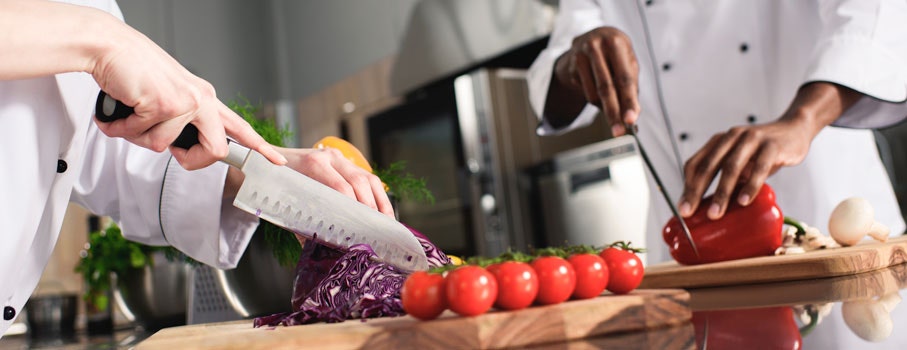
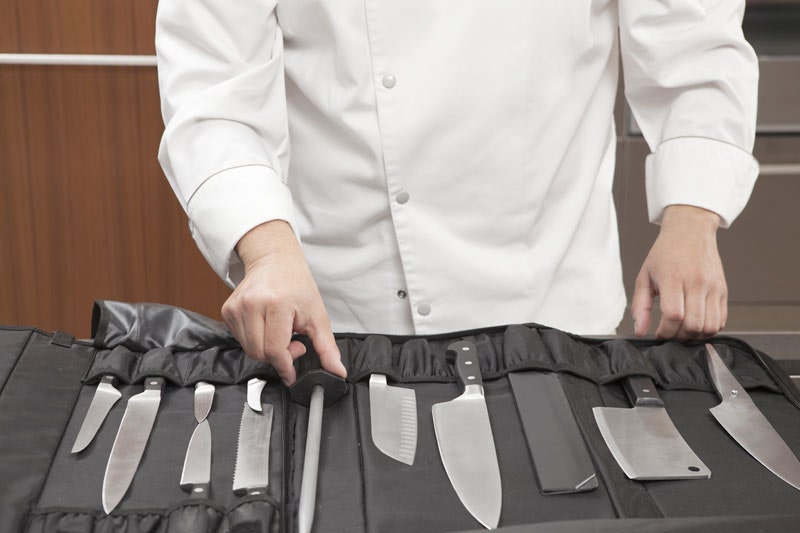
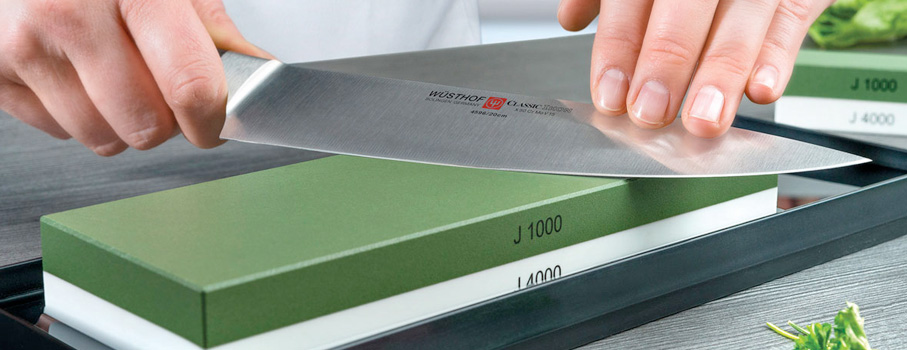
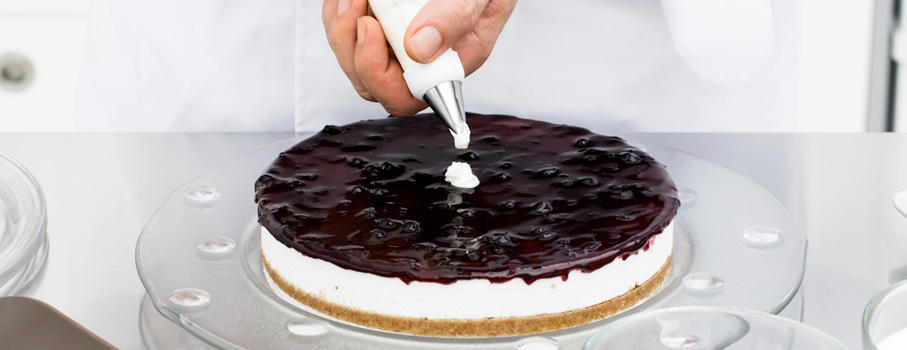

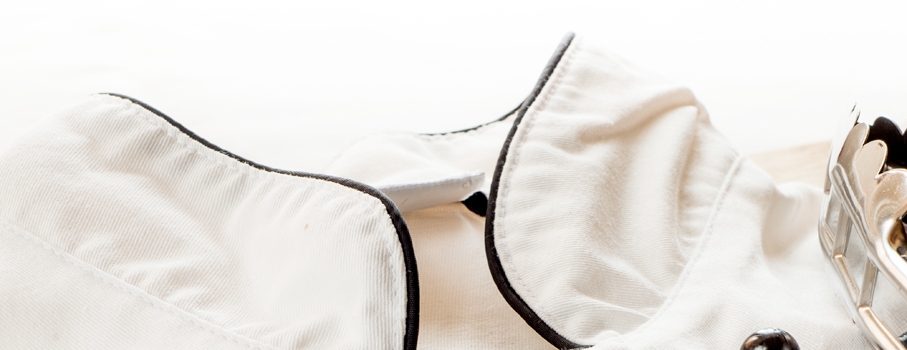
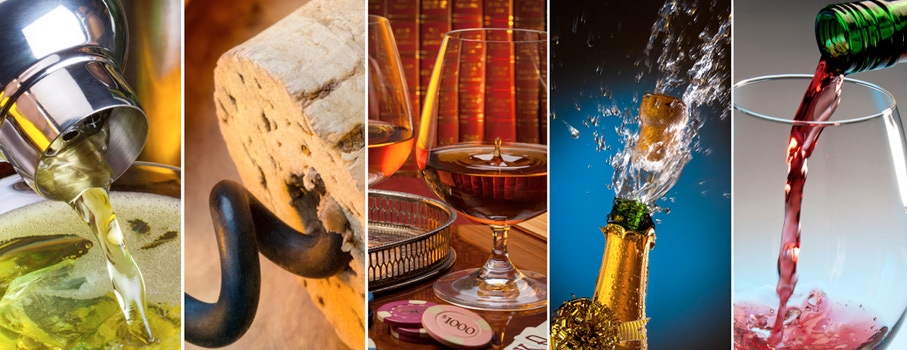
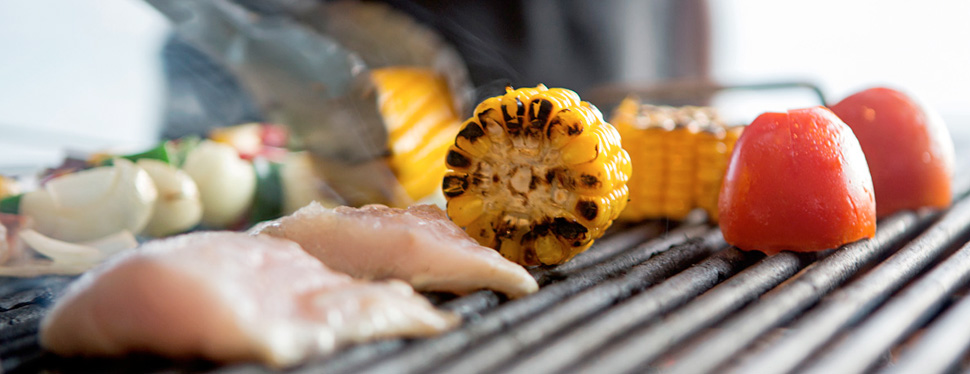

 IT
IT FR
FR
